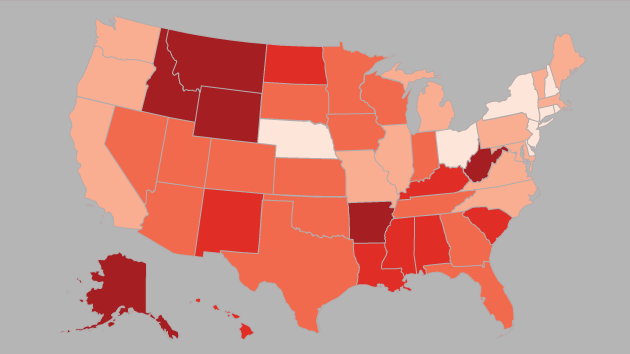
IPGGutenbergUKLtd/iStock
Just 3 percent of Americans own nearly half of the nation’s guns. That’s one of the major findings from what researchers are calling the most authoritative survey on guns in more than two decades. According to the Guardian, which received the an advance copy of the survey, “super owners”—some 7.7 million Americans—own between 8 and 140 guns apiece, 17 on average.
In a series of interviews, researchers at Harvard University and Northeastern University found that super owners are made up of firearms instructors, gunsmiths, collectors, competitive shooters, and preppers. Some have separate rooms in their homes to display their collections; others hoard them alongside water, food, and other survival gear in case disaster strikes. Collectively, they own approximately 130 million of the country’s estimated 265 million guns. (Other estimates put the total closer to 350 million.)
As surprising as that may sound, concentrated ownership is common for most products. The Guardian points out that, according to market experts, the most dedicated 20 percent of consumers typically buy up 80 percent of any given product. The survey’s lead author, Deborah Azrael of the Harvard School of Public Health, says that there’s no research stating “whether owning a large number of guns is a greater risk factor than owning a few guns.”
The new data also sheds more light on the shrinking proportion of Americans who own guns, which dropped from 25 percent in 1994 to 22 percent in 2015, when the survey was conducted. A recent Mother Jones investigation into the nation’s 10 biggest gunmakers noted similar findings: While gun ownership is on the decline, gun owners are stockpiling weapons in record numbers, keeping aloft the nearly $8 billion firearms industry.
The full results of the survey are undergoing peer review and will not be published until next fall.
















